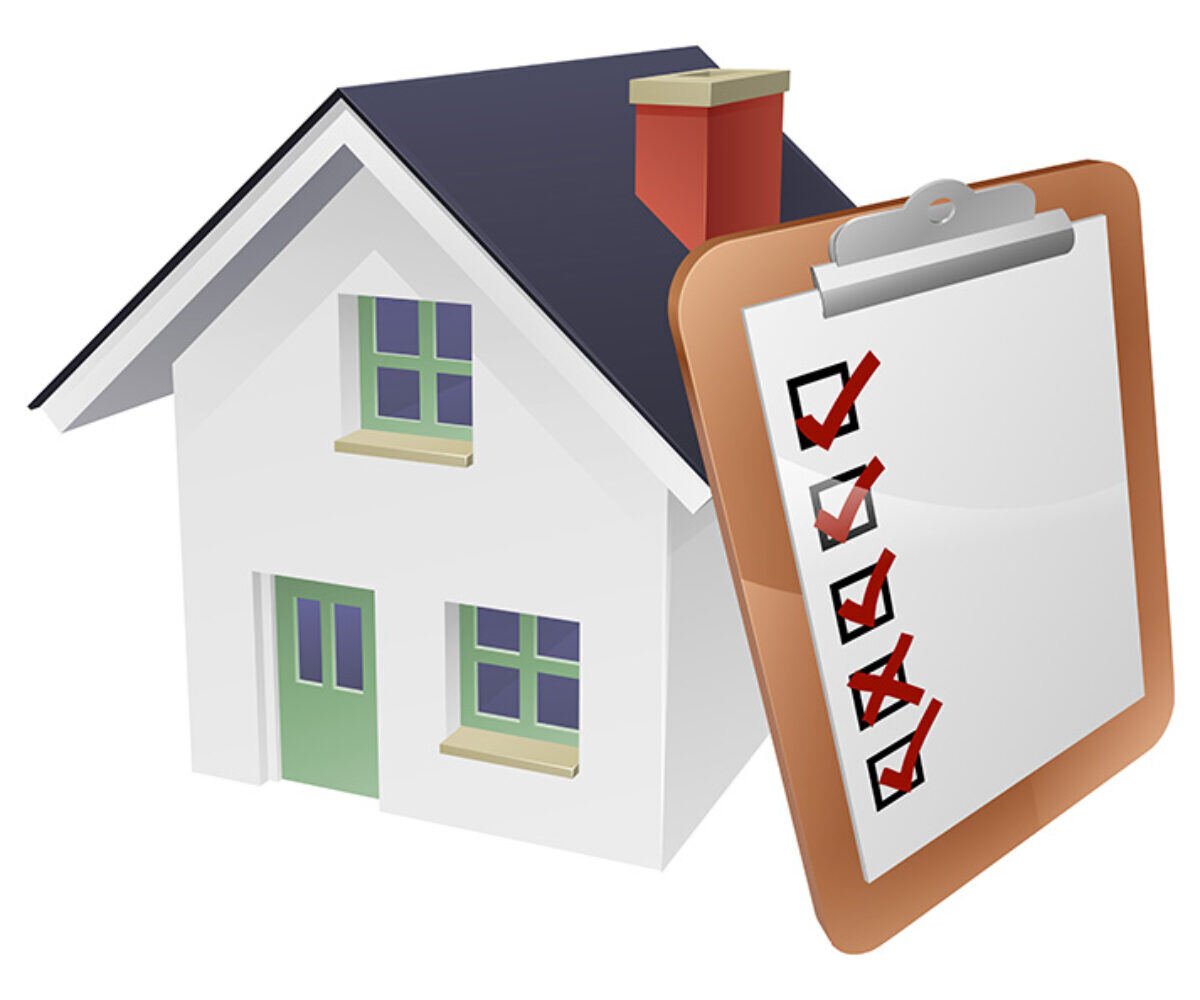7 Mistakes to Avoid When Building a Home in Colorado

Many people dream of building a home in Colorado, where mountain views complement city convenience. But the complex process of building a home–no matter the location–can easily shift from dream to nightmare if you aren’t working with an experienced, competent builder. Often, what seems like a way to save money initially can end up costing the buyer considerably more in not only dollars, but also in time and frustration. Working with the right builder and following the suggestions below will help you avoid mistakes and keep your dream on track.
1. Do Not Act as Your Own General Contractor
An effective general contractor spends years cultivating solid relationships with the construction trades required for the job. As a one-time contractor for your own project, you lack the benefit of those long-standing relationships. Subcontractors you hire on your own know they will likely never work for you again, and may prioritize work from the builders who employ them regularly, putting your job on hold and throwing your job schedule into chaos. Additionally, some subcontractors may cut corners by using inferior materials or workmanship because they know you likely won’t know the difference until it is too late to do anything about it. Hire a reputable builder or general contractor who takes responsibility for the quality of the work done by his subcontractors. If there is a problem down the road, the general contractor must make it right. If you are your own contractor, any money to fix a future problem comes out of your pocket.
2. Use a Good Set of Plans
A successful project starts with a complete and accurate set of blueprints. Communicating with your builder and his trades using plans that spell out exactly what you want proves far less likely to result in miscommunication and construction mistakes. A detailed set of construction drawings shows subcontractors precisely how and what to build or install, and provides an accurate materials list, which in turn enables the subcontractors to purchase all needed materials at one time.
Review the plans carefully with your general contractor to verify that they are usable. Many plans from books or from online sources have never been built; a reliable and experienced contractor works with an architect to identify possible errors or plan omissions. Paying to have errors corrected after the plans have been approved for construction means you are paying for them twice.
Make sure the plans you choose fit your lot. Does the lot slope up or down in places? Do the windows face the right direction to take advantage of the views? Are you getting the best passive solar advantage? Consider also how the home fits into the existing neighborhood. Does it meet established covenants? Is it in scale with the subdivision? Is it likely to gain value from the surrounding homes?
3. Don’t Make Changes After Building Plans are Finalized
Once the plans are finalized and approved by the engineer, any structural changes (even minor ones) can result in substantial additional costs and delays. When changes are made, the plans need to be redone and reapproved. Each part of the building process is designed to flow with every other part for cost savings and time efficiency. Seemingly minor changes can impact other design elements, which will also need to be adjusted, adding further costs and delays. Take the time up front to make sure the plans reflect exactly what you want.
Having a professionally-rendered, accurate set of plans from the start will go far in alleviating delays that leave subcontractors waiting around. The costs resulting from such delays will be significantly more than the cost incurred for the plans.
4. Choose the Right General Contractor or Builder
Your new home is a huge investment and should be considered as such. Take time to research various builders and contractors by asking people you know and trust about their experiences with home building. Perform due diligence when selecting your builder–you’ll be glad you did!
5. Ask the Contractor or Builder for References and CHECK THEM
Get references from all contractors you are considering. If possible, tour homes they have built and speak with the homeowners. If a contractor does not cooperate, move on. Do some digging to see if there are any unsatisfied customers. Sometimes homeowners know of other people who also used the same builder, but may not be on the list of references. Visit the job sites of homes under construction and note the overall organization and materials used.
Ask the builder about the subcontractors he uses and talk to them. Do they recommend this builder? Do they have other recommendations?
6. Plan Your Budget Realistically
With so many options for home design and custom features it may feel like the sky is the limit. For most people, however,the same does not apply to their financial resources. Chances are you will be required to make tough decisions regarding what stays in the plan and what goes. Prioritizing your needs and wants, and having a clear idea of costs associated with your wish list will help you create a realistic budget you can stick too, which in turn saves heartache and financial problems down the road.
7. Do Not Pay All Up Front
By agreeing to terms and paying when specified stages of the work are completed, you protect yourself and your investment. A reputable builder will not expect full payment at the start of a job.
/Sheffield_Logo_Horizontal_Reversed.png)


